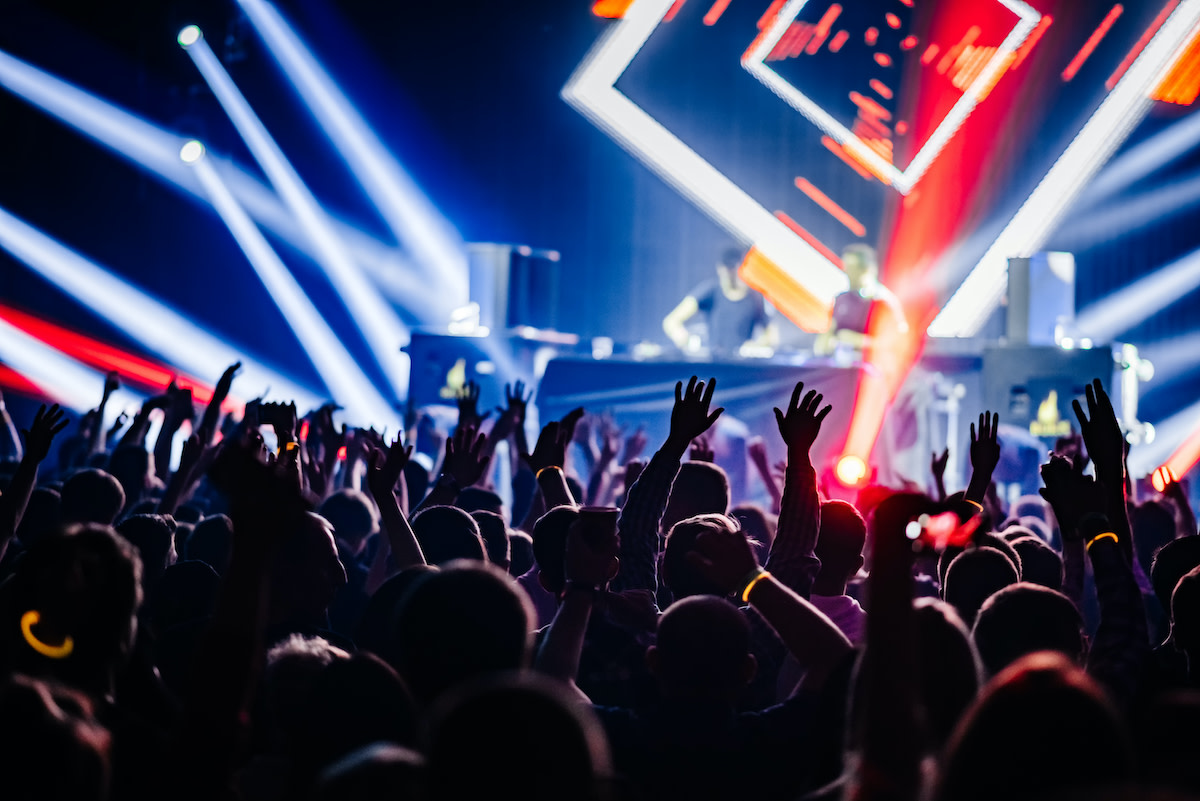Nu Disco Music Guide: A Brief History of Nu Disco
Written by MasterClass
Last updated: Sep 1, 2021 • 4 min read
The nu disco genre of dance music combines electronic programming, synthesizers, live instruments, and samples of classic soul, funk, and disco songs. Learn about the history, characteristics, and notable artists of nu disco.
Learn From the Best
What Is Nu Disco?
Nu disco is an electronic take on disco music that made waves in the indie dance scene of the 2000s and 2010s. It draws heavily from the house music of the 1980s and 1990s and the classic disco tracks of the 1970s. In the spirit of EDM and related forms of electronica, it also incorporates twenty-first-century sampling and synth technology.
Stylistically, nu disco shares many characteristics with French house music, which is also known as disco house. Yet, while French house leans heavily on synthesizers, samplers, and a steady, unchanging groove, nu disco adds in elements from the live disco music of the 1970s.
A Brief History of Nu Disco
Nu disco thrived in two eras. The first of these spanned from the late 1990s to the mid-2000s. The genre then enjoyed a revival in the 2010s.
- Evolution in the 1990s: Nu disco evolved from traditional disco and house music in the mid-to-late 1990s. The English label Nuphonic Records supported fledgling nu disco acts like the Idjut Boys, Crispin J. Glover, and Raj Gupta. These artists, along with DJ Dave Lee, Crazy P, and Faze Action also helped shape the music's aesthetics.
- Sampling the classics: Sampling became an important element in nu disco. Songs like "Space Invaders Are Smoking Grass" by DJ I-F established the sampling style of nu disco; it leaned heavily on sounds from 1970s Eurodisco, 1980s Italo disco,electro-funk drum samples, and synths and vocoders from the 1980s.
- Connection with French house and disco house: By the turn of the twenty-first century, nu disco got grouped in with genres like French house (also called disco house) and funky house. Mainstream pop artists like Jamiroquai and Kylie Minogue also embraced the retro stylings of nu disco and brought it to larger audiences.
- Initial apex, followed by descent: By the early 2000s, the term "nu disco" began appearing in prominent music publications. Local indie dance scenes established their own variations on the genre. For example, Norwegian disco artists added space disco aesthetics to the core nu disco sound. Belgium and Australia also developed regional variants. Still, the overall popularity of nu disco waned, and various artists began exploring other realms of electronic music.
- Rediscovery via Beatport: Beginning in 2008, the dance-centric website Beatport launched a page called Nu Disco & Indie Dance. It included tracks from genres like 1970s classic disco, boogie, Balearic beat, 1980s Italo disco, and space disco. Beatport playlists helped introduce these styles to broad audiences, and they set the stage for greater awareness in the decade to come.
- 2010s comeback: The nu disco/indie dance scene came roaring back in the 2010s thanks to big hits like Daft Punk's "Get Lucky," Fayer's "Underworld (Tuff City Kids Remix)," Tensnake's "Coma Cat," Taylor Swift's "Style," Dua Lupa's "Don't Start Now," and Calvin Harris's record of nu disco tracks, Funk Wav Bounces Vol. 1. Nu disco music remains popular on the dance floors of London, New York, and numerous international cities.
4 Characteristics of Nu Disco Music
Nu disco occupies its own unique niche in the broader world of dance music. This owes to a few core characteristics.
- 1. Core funk grooves: Many nu disco tracks sample core drum grooves from 1970s funk, soul, and disco.
- 2. Modern synths: Similar to the more synthetic forms of EDM and electronica, nu disco uses contemporary synth technology.
- 3. Selected live instrumentation: In a nod to the original disco movement, nu disco often features bass lines and guitar licks played by live musicians.
- 4. Long, repetitive grooves: Nu disco embraces the long run times of 1970s and 1980s disco, but it concerns itself less with the structured sections and pop hooks of those earlier genres.
4 Notable Nu Disco Artists
Several key artists have shaped the trajectory of nu disco music.
- 1. Faze Action: Brothers Simon and Robin Lee formed Faze Action in 1995. The group's single, "In the Trees," was released by Nuphonic Records in 1996 and helped establish a nu disco aesthetic that blended house music, disco, funk, and Latin music.
- 2. Daft Punk: French duo Daft Punk are the artists behind nu disco's biggest hit, 2013's "Get Lucky," which combines a nearly endless groove with a hook-filled melody and subtle transitions between sections.
- 3. Da Lukas: Underground Italian DJ Da Lukas has built a dedicated following on the dance floors of his home country thanks to tracks like "Love Yourself" and "Nasty Girl."
- 4. Prins Thomas: Prins Thomas is a Norwegian DJ who helped adapt 1980s Italo disco into a nu disco form known as space disco. The style features elements of krautrock, electro, and even psychedelia.
Want to Learn More About Music?
Become a better musician with the MasterClass Annual Membership. Gain access to exclusive video lessons taught by the world’s best, including Armin van Buuren, St. Vincent, deadmau5, Usher, Timbaland, Sheila E., Tom Morello, and more.
